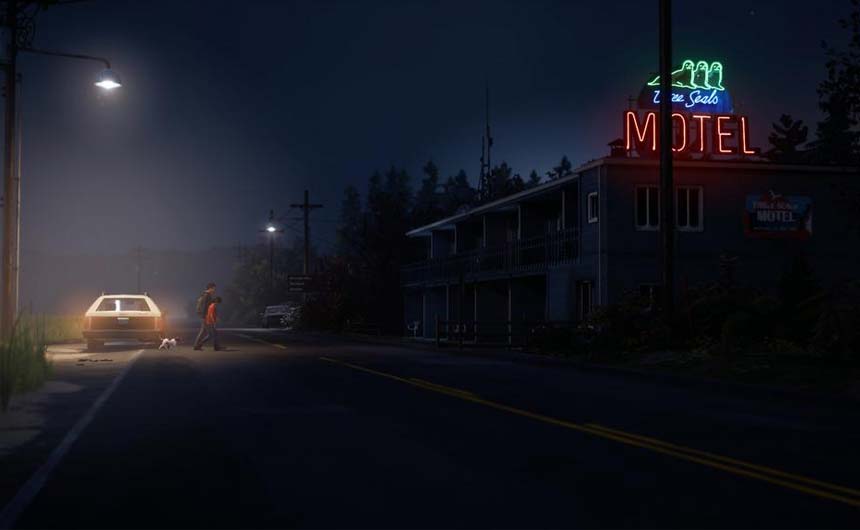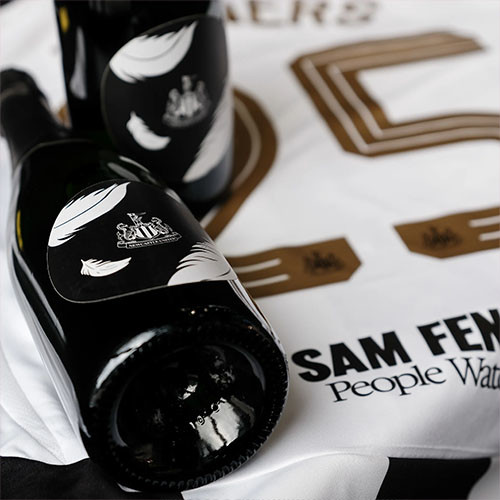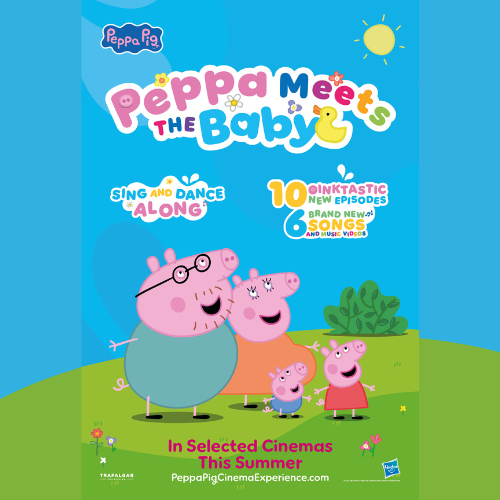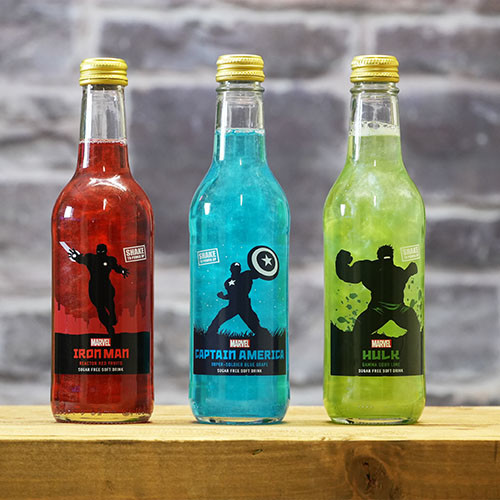Tom Winbow, md of Ralph London, on harnessing audience passions to help build a brand.
Social media is a core channel for marketing streamed TV shows, where the core objective is nearly always to build a longer-term relationship with fans and to immerse them in the world of the show itself.
Strangely, this approach is very rarely taken with video games, but is a real missed opportunity. This is doubly puzzling when you consider that video games are arguably the most immersive story-telling medium there is.
Historically, there has been a tendency to focus on trailers as the focal point of both major (and minor) video game release campaigns, which can often result in a ‘blink and you’ll miss it’ one time hit for the target audience – once that release window has passed, it’s on to the next one.
But as the video games industry moves towards a subscription-based, on-demand content streaming model akin to the likes of Spotify and Netflix, there’s also a huge opportunity to transform its approach to marketing towards longer-term, ‘always-on’ engagement, which in turn will help to drive repeat playing.

An early adopter of this technique is Square Enix. For its Life Is Strange 2 release last year, the publisher shunned traditional video games marketing strategy to create an emotive promo video that used real people, real stories and real emotions. No in-game footage at all.
We helped them build on that approach with a more immersive, story-led trailer for this year’s Life Is Strange 2 – Episode 2. Importantly, this brings the game into the real world, providing continuity from the first campaign, reflecting the game’s themes of friendship, loyalty and devotion.
It’s been interesting to see people’s reactions, with commenters on YouTube going so far as to suggest the Life Is Strange ‘brand’ should have its own live action series or movie, based on fans seeing the trailer and wanting more.
As such, Life Is Strange is a great example of a publisher looking to embrace and reflect their audience’s passion for its game and then using those connections to create a bigger community outside of brand-owned channels.
Ultimately, long-term engagement, rather than just release window marketing, is crucial in the subscription-based content world we live in. The key is to harness audience passions in order to keep them immersed in the brand and coming back for more.
This feature originally appeared in the spring 2019 edition of Licensing Source Book. To read the full publication, click on this link.

































